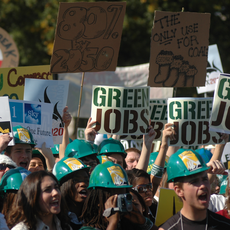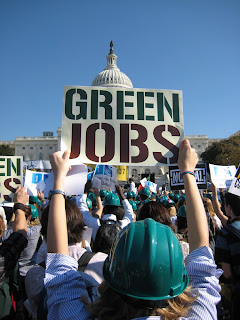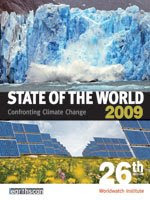 State of the World 2009: Confronting Climate Change
State of the World 2009: Confronting Climate Changeby the
Worldwatch InstituteForeword by R. K. Pachauri
Director General, The Energy and Resources Institute
Chairman, Intergovernmental Panel on Climate Change
.
 The Worldwatch Institute’s State of the World reports have evolved into a remarkable source of intellectual wealth that provides understanding and insight not only on the physical state of this planet but on human systems as they are linked with ecosystems and natural resources around the world. It is especially heartening that the focus of State of the World 2009 is on climate change.
The Worldwatch Institute’s State of the World reports have evolved into a remarkable source of intellectual wealth that provides understanding and insight not only on the physical state of this planet but on human systems as they are linked with ecosystems and natural resources around the world. It is especially heartening that the focus of State of the World 2009 is on climate change. .
The contents of this volume are of particular interest as they are based on the findings of the Fourth Assessment Report of the Intergovernmental Panel on Climate Change (IPCC) and provide a comprehensive overview of the policy imperatives facing humanity as we come to grips with this all-important challenge confronting the world today. The IPCC report provided the global community with up-to-date knowledge through an overall assessment of climate change that went substantially beyond its Third Assessment Report. On the basis of strong and robust scientific evidence, the IPCC stated clearly that “warming of the climate system is unequivocal, as is now evident from observations of increases in global average air and ocean temperatures, widespread melting of snow and ice, and rising global average sea level.” The evidence from observations of the past 150 years or so leads to some profound conclusions. For instance, 11 of the last 12 years are among the 12 warmest years ever recorded in terms of global surface temperature.
.
This edition of State of the World brings out clearly the difference between inaction based on a business-as-usual approach and action to mitigate greenhouse gas (GHG) emissions in order to avoid the worst impacts of climate change. U.N. Secretary-General Ban Ki-moon has rightly called climate change “the defining challenge of our age.” Several world leaders have made similar statements to highlight the importance of taking climate change seriously when developing initiatives and plans for the future. State of the World 2009 has framed the challenge appropriately by emphasizing the importance of not only new technologies but also a very different approach in terms of human behavior and choices. An important element of future solutions is a different form of global governance—one that would create a high level of seriousness in the implementation of global agreements.
..
It is profoundly disappointing, for example, that although the United Nations Framework Convention on Climate Change (UNFCCC) came into existence in 1992 it took five more years to provide the convention with an agreement that could be implemented—the Kyoto Protocol. A further source of disappointment is the fact that the Kyoto Protocol, which required ratification by a minimum number of countries accounting for a specific share of greenhouse gas emissions, did not enter into force until 16 February 2005. All of this, unfortunately, provides a sad commentary on the importance that the global community has accorded the problem so far.
.
It was against this dismal record of inaction, and just after the release of the Synthesis Report of the recent IPCC report, that hopes were raised that the Thirteenth Conference of the Parties to the UNFCCC, held in Bali in December 2007, would finally agree on some firm action on an agreement beyond 2012, the final year covered by the Kyoto Protocol. The meeting was even rescheduled to four weeks after the Synthesis Report was due to be published, so that the delegates would have time to study the IPCC’s findings. The Bali Action Plan that was adopted, following a great deal of debate and discussion, certainly provides hope for the future. It is gratifying that the discussions in Bali—and certainly the final declaration—were based predominantly on the assessment contained in the Synthesis Report, the final document in IPCC’s Fourth Assessment Report.
.
State of the World 2009 has been structured logically into chapters that clearly explain the sequence that must guide our understanding of the problem and help set directions for taking action. Particularly relevant is the explanation of what would constitute a safe level of concentration of GHGs. Recall that the main objective of the UNFCCC is stabilization of GHGs in the atmosphere at a level that would prevent dangerous anthropogenic interference with Earth’s climate system. Article 2 of the treaty notes that such a level should be achieved within a time frame sufficient to allow ecosystems to adapt naturally to climate change, ensure that food production is not threatened, and enable economic development to proceed in a sustainable manner. Unfortunately, understanding what level of emissions would actually be dangerous is still not clear in policymaking circles around the world.
.
Several commentators in recent months have expressed deep concern at the current imbalance in the global market for foodgrains, which has hurt some of the poorest people on Earth. There is now mounting evidence that foodgrain output would be threatened by climate change, particularly if the average temperature were to reach 2.5 degrees Celsius above preindustrial levels. Some regions of the world would, of course, be affected far more than others. In Africa, for instance, 75–250 million people would experience water stress as early as 2020 as a consequence of climate change. Some countries on that continent may also be suffering from a 50-percent decline in agricultural yields by then.
.
The definition of what constitutes dangerous anthropogenic interference is therefore directly related to specific locations, because not only are the impacts of climate change likely to vary substantially across the planet but the capacity to adapt is also very diverse in different societies. What could be labeled as a dangerous level of anthropogenic interference may have already been reached or even exceeded in some parts of the world. Some small island states, for instance, often with land areas not more than a meter or two above sea level, face serious risks from flooding and storm surges that represent a major threat to life and property even today.
.
Mitigation measures that can help stabilize the concentration of GHGs in the atmosphere have been assessed as generally very low in cost, and most of these carry large-scale co-benefits that in effect reduce the costs further quite significantly. State of the World 2009 clearly explains the benefits of harnessing low-carbon energy on “a grand scale.” The world has been slow in adopting some of these energy options simply because we have not as yet taken full advantage of economies of scale. Nor have we carried out adequate research and development that would allow new technologies to evolve effectively within a short period of time. One important way to develop and disseminate appropriate technologies would be to place a price on carbon, which would provide significant incentives to producers as well as consumers. But there is also an important role for regulatory measures, standards, and codes that can lay down appropriate benchmarks to be observed in different sectors of the economy. Government policy, therefore, will be an important driver of action in the right direction for mitigation of greenhouse gas emissions.
.
The strongest message from State of the World 2009 is this: if the world does not take action early and in adequate measure, the impacts of climate change could prove extremely harmful and overwhelm our capacity to adapt. At the same time, the costs and feasibility of mitigation of GHG emissions are well within our reach and carry a wealth of substantial benefits for many sections of society. Hence, it is essential for the world to look beyond business as usual and stave off the crisis that faces us if we fail to act.
.
This publication comes at a time when governments are focused on reaching an agreement in Copenhagen at the end of 2009 to tackle the challenge of climate change. It will undoubtedly influence the negotiators from different countries to look beyond the narrow and short-term concerns that are far too often the reason for inaction. Indeed, we all need to encourage and join them in showing a determination and commitment to meet this global challenge before it is too late.
.
.
Book's webpage
Free State of the World 2009 Downloads:
State of the World: A Year in Review by Lisa MastnyA timeline of significant environmental news events from October 2007 to September 2008.
Chapter 1. The Perfect Storm, by Christopher Flavin and Robert EngelmanThe climate dilemma, in a nutshell.
Chapter 2. A Safe Landing for the Climate, by W. L. HareCurrent climate science and the emissions path needed to glide toward a safe landing.
Chapter 3. Farming and Land Use to Cool the Planet, Sara J. Scherr and Sajal SthapitThe needed transition to carbon-absorbing forestry and food production.
Chapter 4. An Enduring Energy Future, by Janet L. Sawin and William R. MoomawThe opportunity and the imperative for building a low-carbon energy future.
Chapter 5. Building Resilience, by David Dodman, Jessica Ayers, and Saleemul HuqThe importance of building resilience to climate change.
Chapter 6. Sealing the Deal to Save the Climate, by Robert EngelmanThe agreement that nations must reach to begin stabilizing the climate while adapting to a warming world.
Climate Connections22 essays by experts around the world on wide-ranging topics relevant to climate change
Climate Change Reference Guide and Glossary, by Alice McKeown and Gary GardnerA primer for following the developments on climate change that will unfold in 2009.
Other topics include:Australia, Biodiversity, Business, Carbon Reduction Pollution Scheme, China, Climate Change, Coal, Conferences, Earth, Emissions, Green Wash, Health, IPCC, Murray-Darling River, Nanotechnology, Nuclear, Peak Oil, Politics, Poverty, Protests, Psychology, Public Participation, Religion, Science, Social, Sustainability 2.0, Technology, United Kingdom, United Nations and the United States.






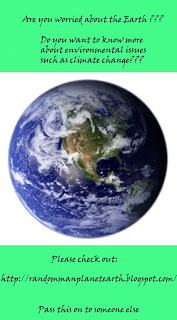

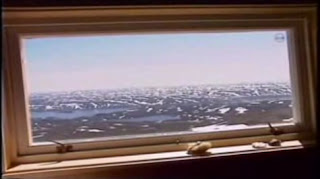 Picture: View from his window (from the Tvergastein hut) where he spent over 11 years thinking and writing.
Picture: View from his window (from the Tvergastein hut) where he spent over 11 years thinking and writing.
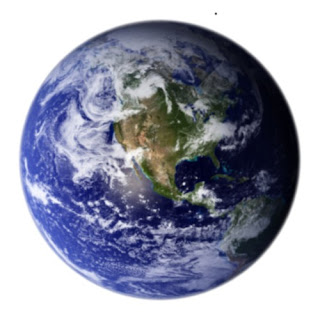
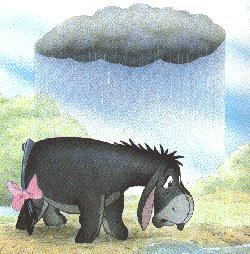 .
. .
. .
.


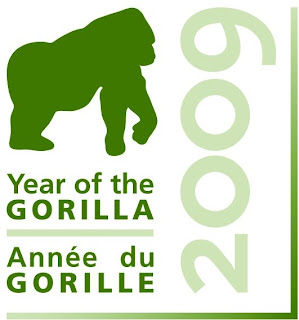


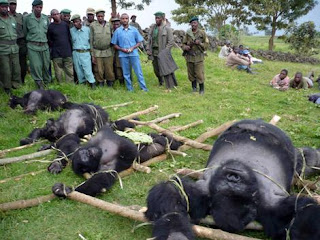

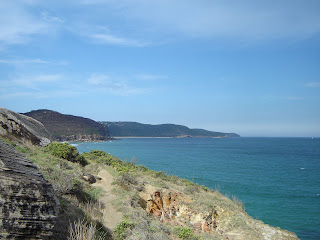

 The sun goes down on 2008.
The sun goes down on 2008.